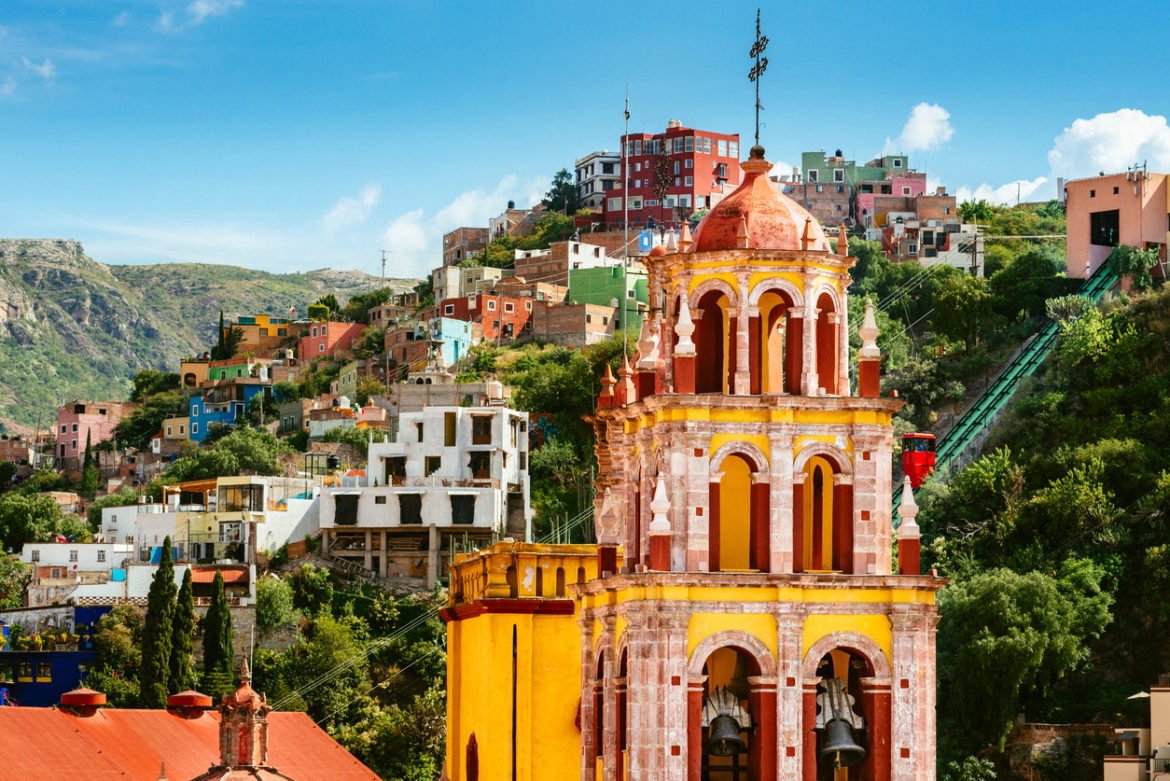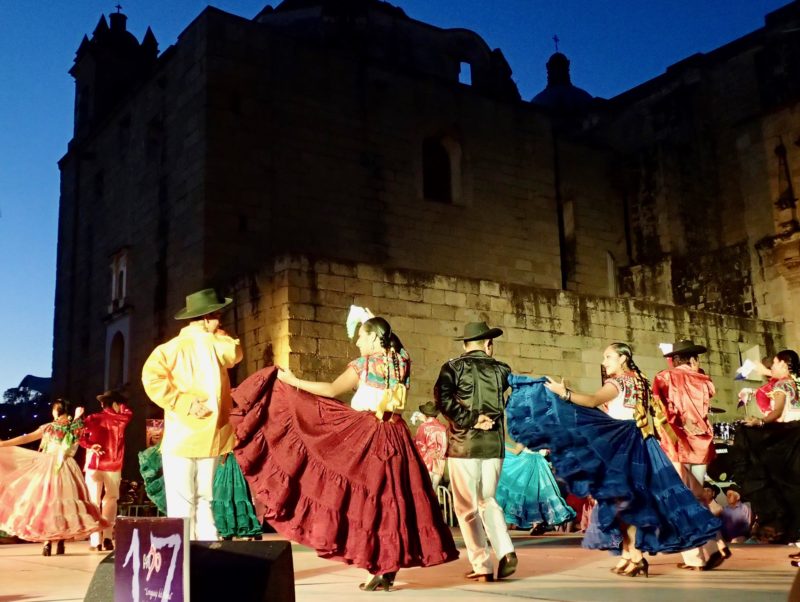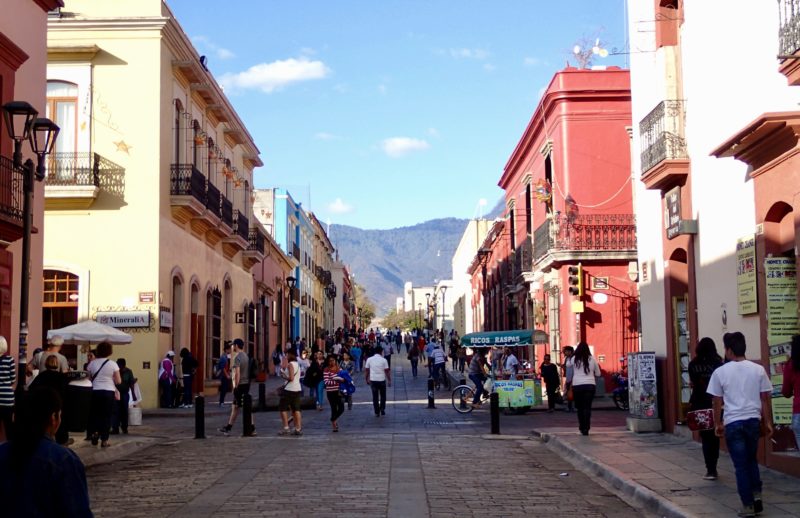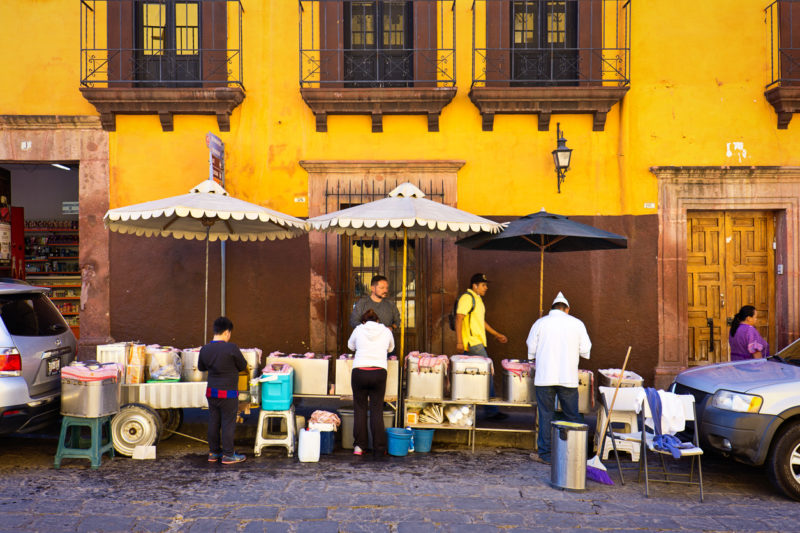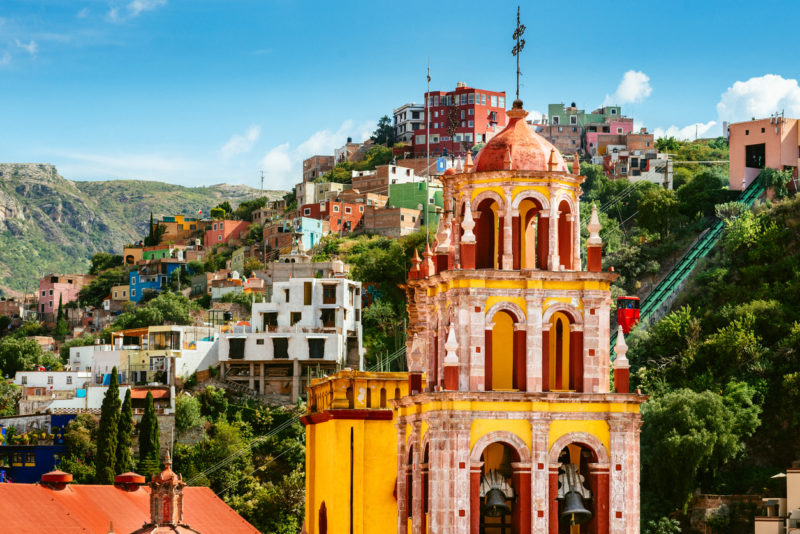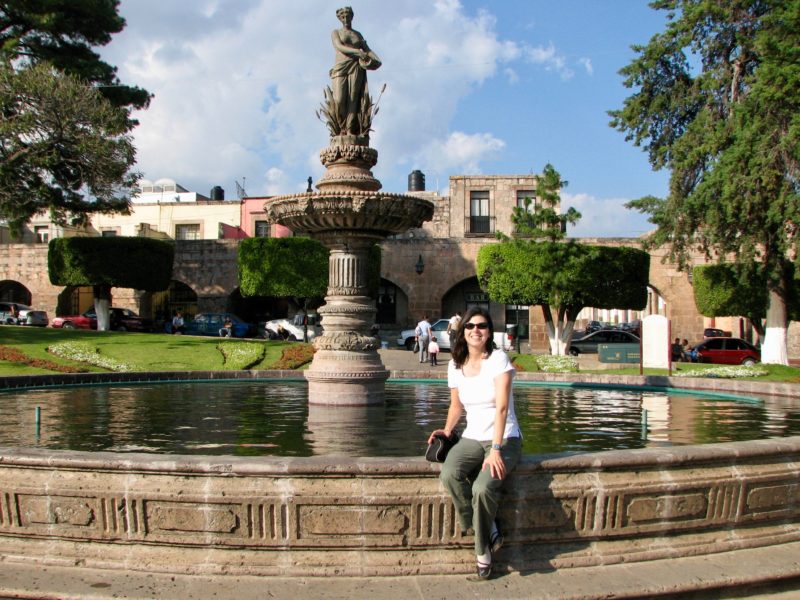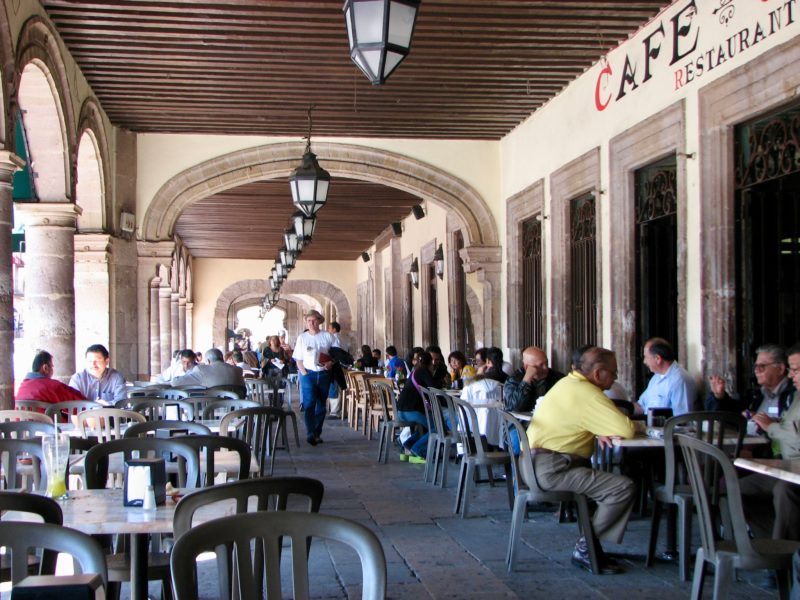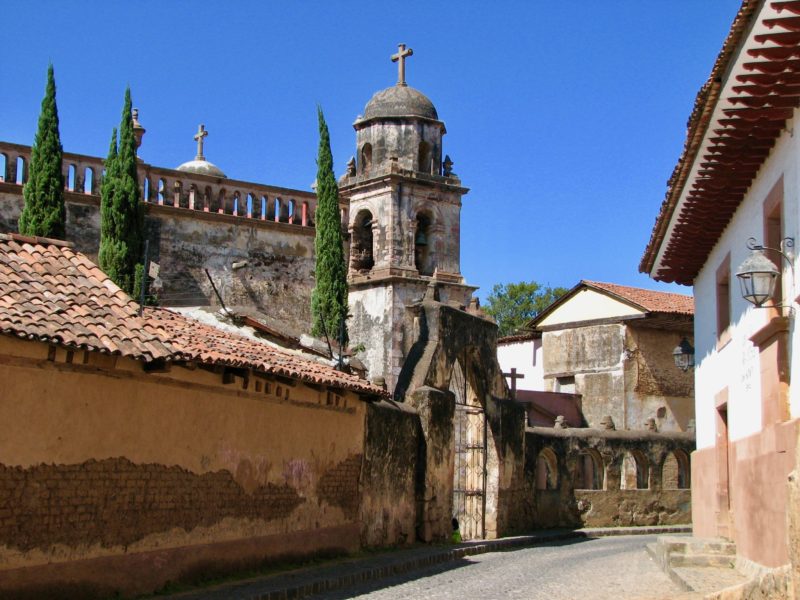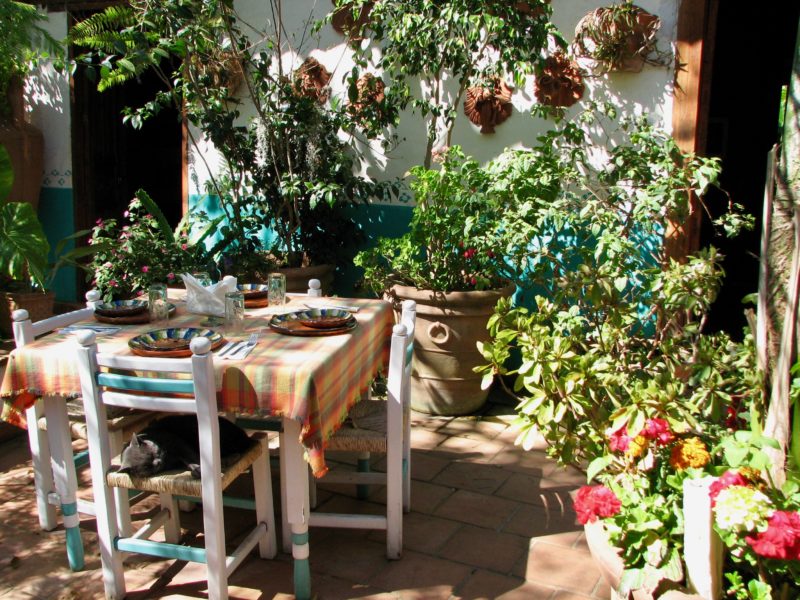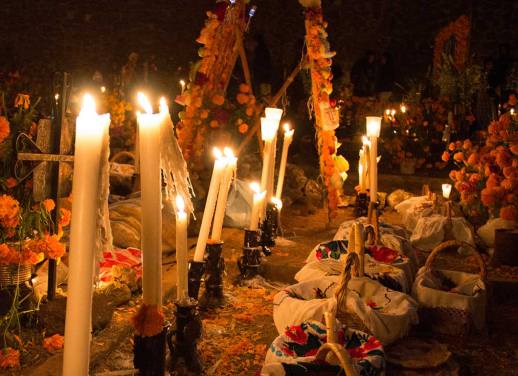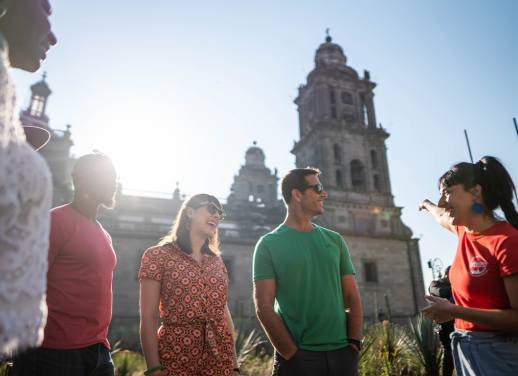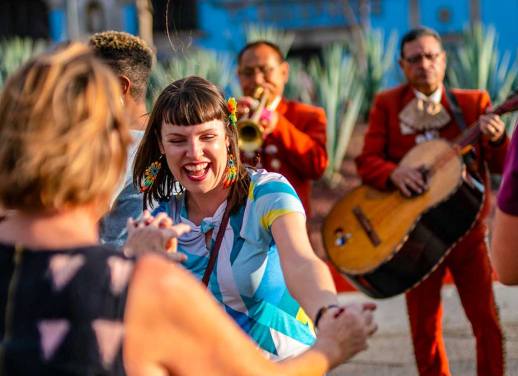Most people go to Mexico for the sand and sea, but vast areas of the country are covered by mountains and dotted with charming towns and cities. You can’t say you know Mexico until you have visited its hinterland.
Here are five beautiful towns in the highlands of Mexico that will make you forget the beach – for a while, at least. The best part: they’re all just a bus journey away from Mexico City.
Oaxaca
Oaxaca has become my favorite town in Mexico. Almost unknown to travelers during my first visit in 2006, it now welcomes visitors from around the world, including a small community of North American expats. Yet it still retains the feeling of an authentic Mexican town.
To get to Oaxaca, you need to head southeast from Mexico City. It will take you over six hours by bus, or you could fly.
Oaxaca’s charms go beyond its well-maintained and colorful center. As the birthplace of mole sauces, its cuisine rivals Mexico City, and its coffee shops wouldn’t feel out of place in North America. Try Los Pacos or La Olla for typical Oaxacan cuisine.
At 1500 meters, the winter climate is near perfect with almost constant sun and spring-like temperatures. The cultural scene hops with concerts, movies, live music, exhibitions, and lectures, many of them free, in addition to a plethora of museums. Art and artists are everywhere.
Indigenous villages in the surrounding valleys host markets on different days of the week. You will also find artisan workshops, mescal factories, and ruins of pre-Hispanic civilizations, such as Monte Alban and Mitla.
SUBSCRIBE TO OUR NEWSLETTER FOR TRAVEL INSPO, GIVEAWAYS & MORE
San Miguel de Allende
Four hours by bus to the northwest of Mexico City, San Miguel de Allende is the first place I visited in Mexico in 2001. Already back then, it was well known within the expat community, and even appeared as a romantic backdrop in novels.
The compact historical center is a showpiece of cobblestone streets, elaborate church facades, and perfectly restored buildings in shades of ochre, rust, and salmon, their windows girdled by wrought-iron balconies.
On the main square, handicraft and balloon sellers amble around perfectly trimmed trees and flowerbeds. Musicians play under the arches of adjacent buildings. And the Parroquia, a Gaudí-esque confection of a church, towers over it all.
A busy calendar of lectures, movies, and concerts, organized by the English-speaking community (especially from January to March) co-exists with lively Mexican festivals.
Increasingly upscale, San Miguel is not a budget place anymore (and, honestly, neither is it off the beaten track). However, if you want Mexican flavor wrapped in a neat well-ordered package, and you don’t speak any Spanish, you’ll be comfortable here.
Guanajuato
Only an hour by bus from San Miguel, Guanajuato is a larger city and capital of its eponymous state. Although increasingly popular with expats, it remains a little grittier and more authentically Mexican than its neighbor. By the same token, English is not as commonly spoken, so some basic Spanish will be helpful.
Little cubic houses in all shades of the rainbow tumble down the slopes of rolling brown hills. Narrow cobblestone streets climb between walls, leading to small plazas with gurgling fountains and stone staircases. Callejón del Beso is an alley so narrow that a local story tells of star-crossed lovers who were able to kiss from their respective balconies on each side.
Both a Unesco World Heritage City and university town, Guanajuato is home to an international art festival (Festival Cervantino), Diego Rivera’s home (now a museum) and the magnificent Teatro Juárez. It was also the site of an early battle that led to Mexico’s independence from Spain.
Ride the funicular up to the viewpoint and take it all in.
DISCOVER GUANAJUATO ON THIS SMALL GROUP ADVENTURE IN MEXICO
Morelia
Capital of the state of Michoacán, Morelia lies four hours by bus to the west of Mexico City. Its location at an altitude of 1920 meters gives it warm days but cool nights.
Founded by the Spanish in 1541, it was renamed Morelia in honor of Morelos, one of Mexico’s independence heroes. Two of his houses have been turned into museums. Buildings in the city center (a Unesco World Heritage site) date mostly from the 17th and 18th century, and are constructed from pink cantera stone, giving the city a warm glow. Wandering Morelia’s narrow streets, where bougainvillea climb up the stonewalls, is a pleasure.
The massive cathedral, built in a hodgepodge of styles, forms the backdrop for a lighting and firework show every Saturday night at 9pm. Other sights include the aqueduct and Palacio Clavijero, which showcases visual arts.
As a university town, Morelia enjoys a youthful population and features free public concerts and art installations. If you have a sweet tooth, don’t miss the Mercado de Dulces y Artesanías, filled wall-to-wall with candies!
Despite its assets, Morelia sees few foreign tourists. It’s a good choice if you want to enroll in Spanish classes and benefit from a full immersion experience.
Pátzcuaro
Less than an hour southwest of Morelia and about 200 meters higher, little Pátzcuaro enjoys clean air, clear light, rough cobblestone streets, and courtyards filled with flowers and cacti. It’s the most peaceful and relaxing place I have found in Mexico so far.
Dating from pre-1320, the town still has an indigenous feel and many of the buildings are made from adobe, their walls painted white at the top and brownish-red at the bottom.
Some of the church facades look somewhat shabby, but this only adds to the quaintness. Free concerts and traditional dance, handicraft markets (check out Casa de los Once Patios), and a variety of good restaurants make you forget the frigid winter nights.
Take a day trip to the pre-Columbian archaeological site of Tzintzuntzan, or board a boat on the lake to reach the pedestrian island of Janitzio, with its 40-meter hollow statue of Morelos (which you can climb).
EXPLORE PATZCUARO ON THIS 15-DAY TOUR OF THE MEXICAN HEARTLANDS
—
These five beautiful towns are only the tip of the iceberg when it comes to the riches of Mexico’s interior. Puebla, Taxco, Querétaro, Cuernavaca, Zacatecas, and San Cristóbal de las Casas are other inland towns that are definitely worth a visit.
Eat your heart out beaches!
Tempted to see these beautiful cities? Check out Intrepid’s range of small group adventures in Mexico.
—
(Image credits from top to bottom: All c/o Marie-France Roy at bigtravelnut.com, except and Guanajuato and San Miguel de Allende c/o iStock)

